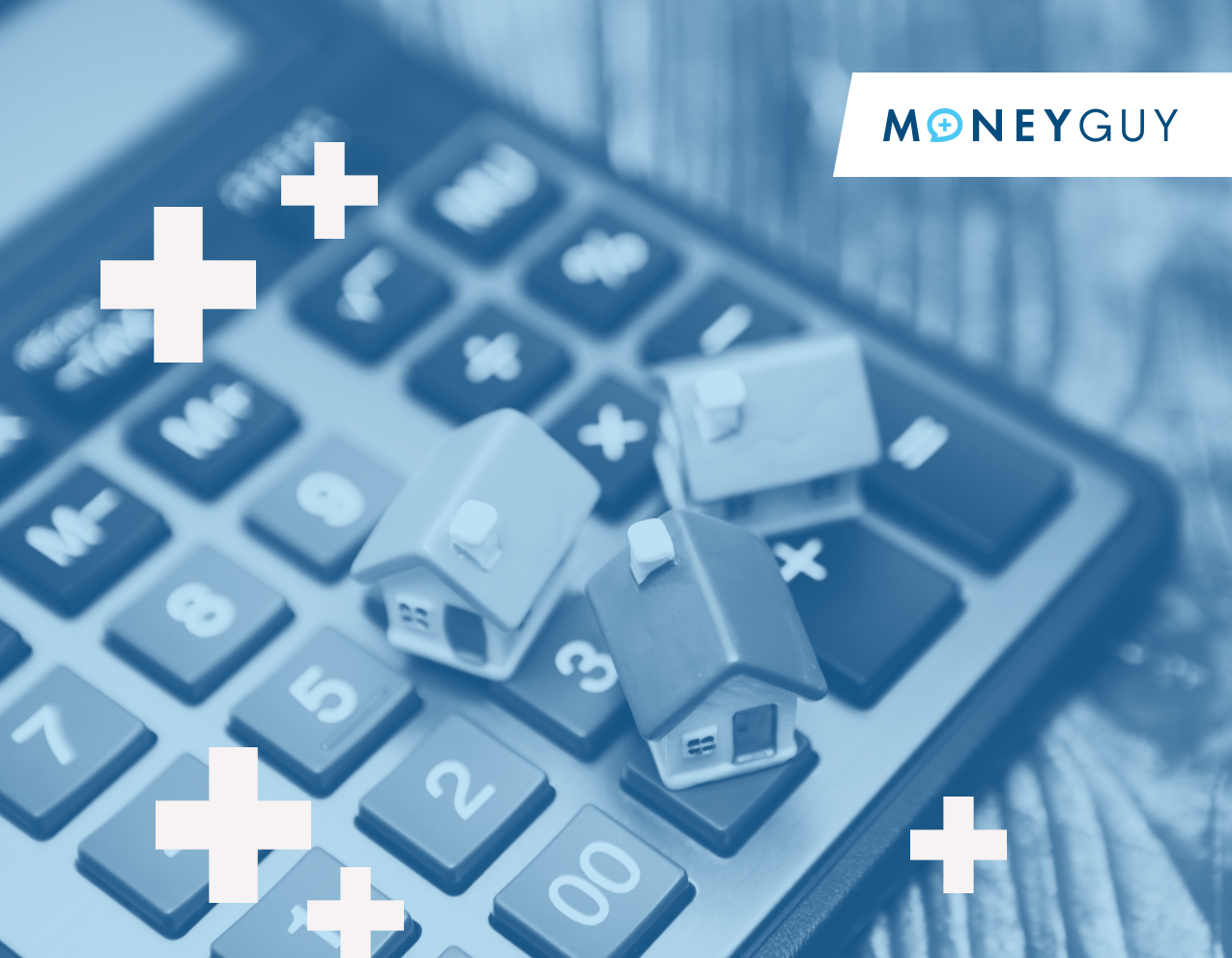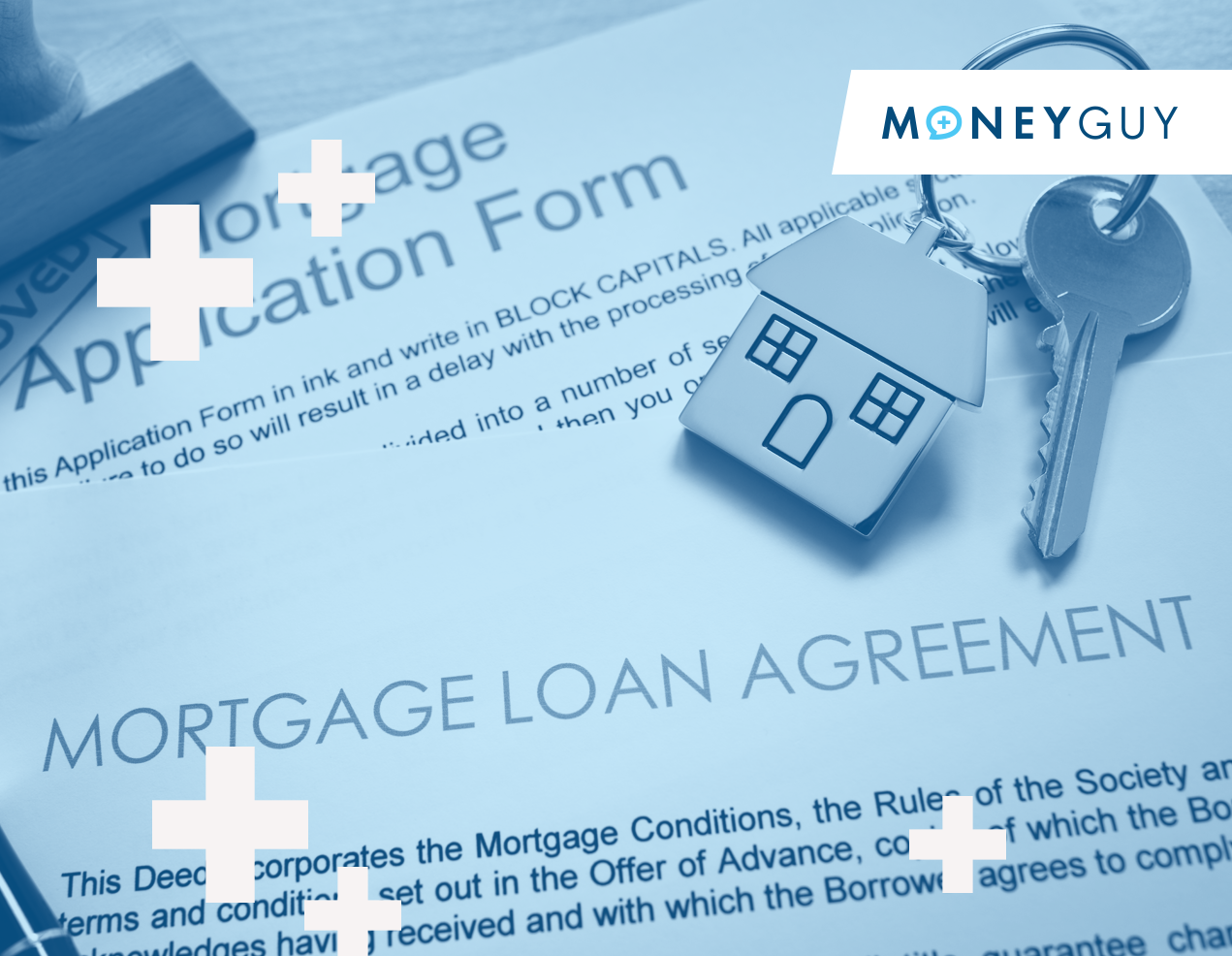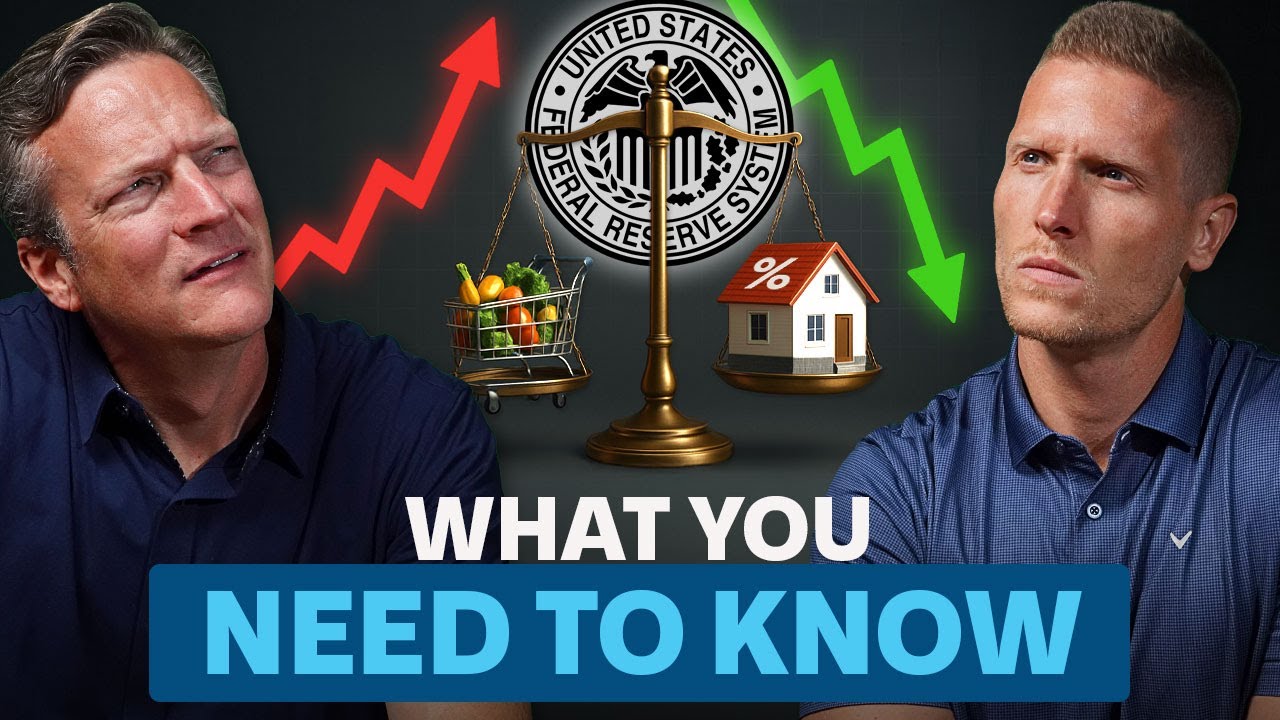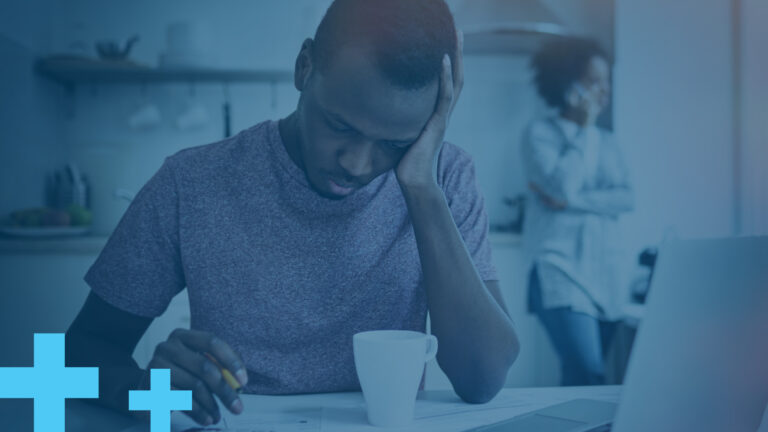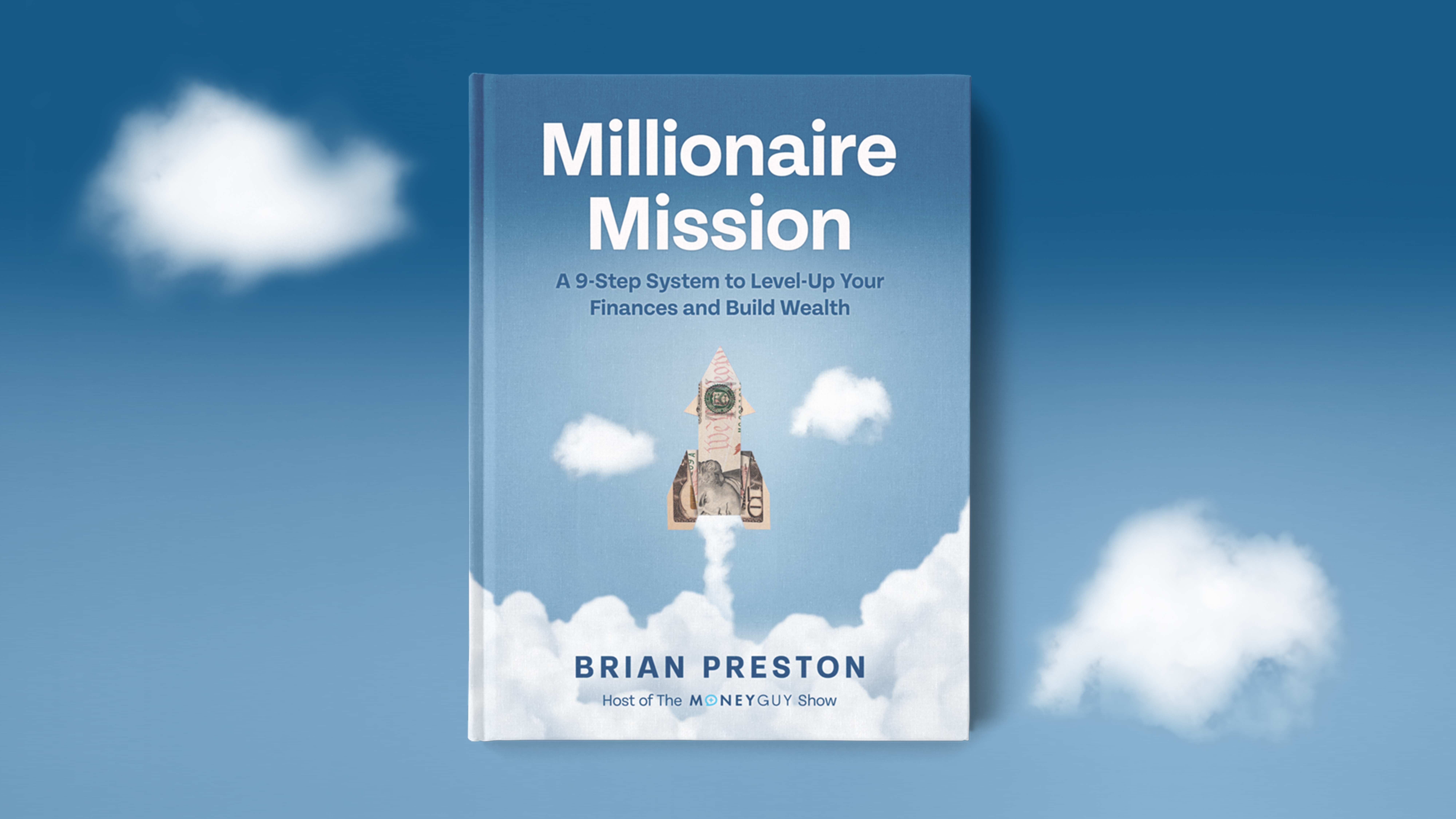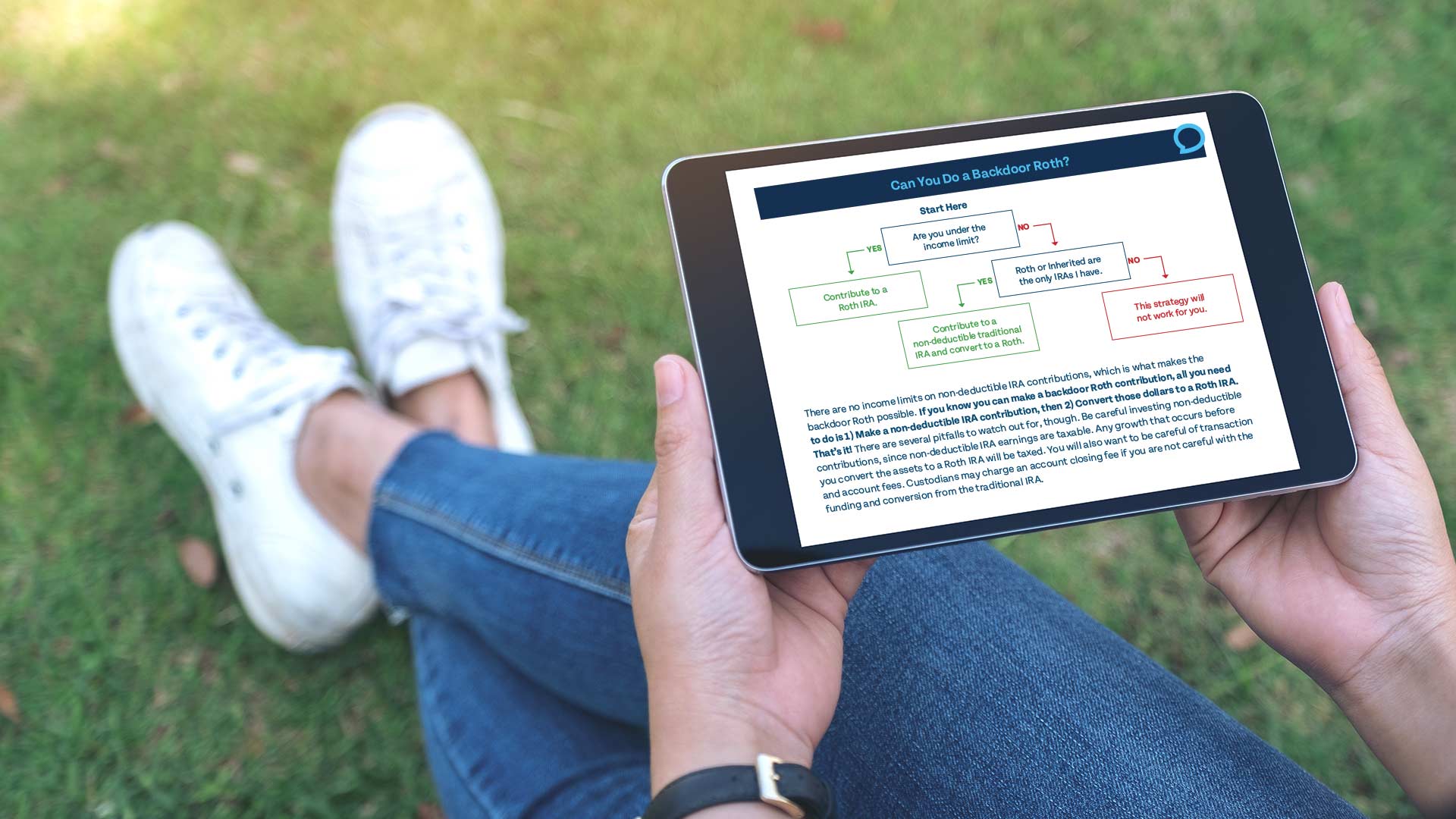Do I have to put 20% down on my first home?
Putting 20% down on a home is ideal, but first time home buyers can use these tips to make a smart home purchase without a large down payment.
As a first time home buyer, the prospect of saving 20% of the home price as a down payment can feel daunting at best and impossible at worst. This is especially true near large cities and for young people starting families.
Lenders prefer a 20% down payment and this is the magic number that waives mortgage insurance (PMI), saving you money in the long-run. In fact, we believe any second or subsequent home purchases should take advantage of a 20% down payment.
But is this always the best option?
If home ownership is a goal, saving 20% can take years. Many young people may feel the need to lessen or pause retirement savings in order to accelerate savings, but this robs them of their most powerful years of compounding interest as outlined in this free PDF, “How Powerful Are Your Dollars?” Additionally, by the time you save your target down payment, home prices may have gone up, forcing you to save even more.
A surprising number of smart, financially savvy people in our circles did not put 20% down on their first home. Choosing to put 3-5% down on your first home in order to prioritize investments and simply get your foot in the door of the real estate market may be a great option for you. If you can stick with the following indicators, you can still make a smart home purchase without putting 20% down.
Brian and Bo share their personal take and break down details of the 20% down debate in the following videos.
Video: Is a 3% Down Payment on Your First Home Okay? (Dave Ramsey vs. The Money Guy Show)
Video: Should I Save or Invest My Down Payment If I’m Buying a Home in 3-5 Years?
How to buy a house the smart way:
Housing costs should total no more than 25% of your gross income. Regardless of how much money you’ve decided to use as a down-payment, calculating your monthly mortgage and utility payment is a great indicator of how much house you can afford. Keeping this number at 25% of your gross income is an integral part of making sure this purchase is a smart and sustainable financial decision.
Plan to be in the house for 5-10 years. Real estate has a lot of expenses associated with both buying and selling. Planning to stay in your home for 5-10 years offsets closing costs, title fees, document fees, etc. Financially, this amount of time gives you the most return for your investment.
Pay attention to location. Remember that no matter how nice the house is, the piece of land it sits on is a big selling point down the road. Buying in a desirable or up-and-coming area and prioritizing a good lot is a good idea.
Put 20% down on your second (or any subsequent) home purchase. While a smaller percentage will help first-time home buyers get in the game, taking advantage of a 20% down payment on any subsequent home or property purchases will keep you on solid financial footing and keep you honest about what you can and cannot afford.
Make sure you’ve checked all the boxes with our free, downloadable Home Buying Checklist!
Learn more details about doing real estate the right way, even in a crazy market, in the following video.


